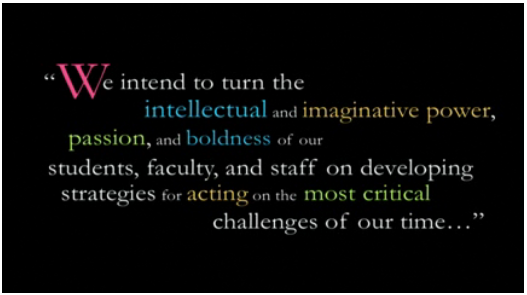(Caveat: I haven’t written anything worthwhile in some time, so I apologize for this post’s and any subsequent posts’ inherent lack of quality voice. These writing muscles are near atrophied.)
This phrase has often been spoken of as the aspects of your curriculum you don’t explicitly state as your objectives: socialization, team-building, self-expression, etc. These are the words that don’t fit neatly into state standards documents.
After spending my spring and summer of this past year creating and editing new curriculum for over twenty new courses, I am noticing something else in regards to the term “embedded curriculum.” It’s the ability to get students the tools they need. It’s not an add-on anymore. It’s necessary and vital to the success of not only the programs we create for them, but to their success after they leave us.
In our district, every teacher from grades six through twelve has a laptop (either a tablet PC, a MacBook, or a standard laptop), so at that level we have put tools in the hands of the teachers. We’ve automated and digitized much of their administrative tasks: our SIS handles all grading, scheduling, attendance, conduct, and record-keeping, all lesson plans are done via our online lesson planner, we have more than half of our K-12 population with Moodle accounts, our Google Apps will be up and running in days, and I could go on.
But what does it all mean?
Our teachers are very wired, but our kids don’t have the same access.
For the most part.
We’ve begun the “Great Netbook Experiment,” in twelve of our classrooms at the middle school. Initial returns are positive, but I haven’t seen the dynamic change yet. What does your classroom look like when you have ten laptops that are always available? How does your teaching change? How can your students learn differently? These are questions I need answers to before I go heavy in that direction.
Recently, we’ve been interviewing for another position in the district, and one of the candidates really hooked me when he stated that the next big hurdle for schools was to put the power to learn back into the hands of students. For me, that means moving the focus from giving the teachers the technology towards putting it in the hands of the students.
So when I sit down this year to re-create our Journalism class, my focus is going to be on giving these students the tools of new media specialists, the kind that Mark S. Luckie speaks about in his new book, “The Digital Journalist’s Handbook.” When I sit down to work with our Mandarin Chinese teacher to formalize his curriculum from 6-12, I’ll ask him which tools he’ll need to make his student successful. Wacom Tablets? Headsets for conversing? We have to start tipping the scales in favor of the question “what could they do if they had…” and go from there. If there is no money for it, fine. But at least let’s start there.
